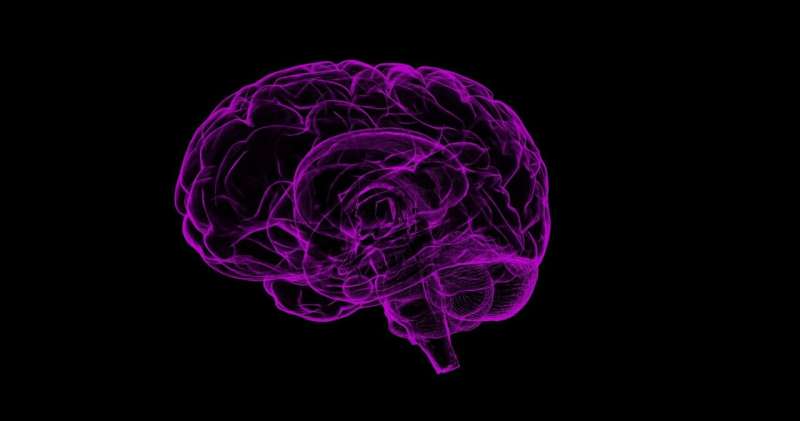Neuroscientists Reveal How Movies Trigger Brain Oscillations as a Neural Symphony

Recent research by neuroscientists from Ludwig Maximilian University of Munich has shed light on how the brain processes complex naturalistic visual stimuli such as movies. Building on foundational work from the 1960s by Hubel and Wiesel, which identified how neurons in specific areas of the visual cortex respond to isolated features, the new study explores how the brain orchestrates neural activity during the viewing of dynamic videos. Using extensive data from the Allen Institute and advanced analysis techniques, the team demonstrated that different visual properties, such as brightness and contrast in local regions of the visual field, induce distinct oscillatory patterns within specific neural circuits.
This research reveals that a movie prompts a vibrant symphony of brain oscillations across multiple frequencies, layers, and regions of the thalamo-cortical pathways. These synchronized neural bursts coordinate thousands of neurons, allowing the brain to interpret and integrate complex visual information seamlessly. The study's findings suggest that natural vision involves a dynamic, oscillatory orchestration that enhances perception and could pave the way for innovations in brain-computer interfaces and neuroprosthetics aimed at restoring or augmenting visual function.
By capturing the neural rhythms during naturalistic stimulus viewing, this work marks a significant advance in understanding how the brain constructs a coherent visual experience from complex, flowing scenes—moving us closer to deciphering the neural basis of natural perception. The research was conducted by Lukas Meyerolbersleben, guided by Professors Laura Busse and Anton Sirota, and published in Neuron (2025). The findings open new avenues for developing neurotechnologies that interact with the brain's oscillatory processes to read or restore visual information.
Stay Updated with Mia's Feed
Get the latest health & wellness insights delivered straight to your inbox.
Related Articles
Research Confirms Video Consultations Are Equally Effective, More Affordable, and Eco-Friendly
Research from Amsterdam UMC confirms that video consultations are as effective as in-person visits, saving time, reducing costs, and lowering environmental impact, marking a significant step forward in sustainable healthcare.
Research Suggests Common Cold May Offer Temporary Protection Against COVID-19
New research reveals that recent infection with the common cold may offer temporary protection against COVID-19 by boosting the immune response, helping explain why children often experience milder symptoms.
Promising New Compounds Show Potential for Remyelination in Multiple Sclerosis Treatment
New research identifies two experimental compounds with the potential to promote remyelination and repair nerve damage in multiple sclerosis, offering hope for disease-modifying therapies.
Innovative Strategies in Pediatric Brain Cancer Treatment: Focused Therapies and Advanced Delivery Techniques
Virginia Tech researchers are developing precise targeted therapies and advanced delivery techniques to improve treatment outcomes for pediatric brain cancer, especially glioblastoma. Using focused ultrasound to enhance drug delivery and targeting specific proteins like KAT6A may revolutionize future therapies.



